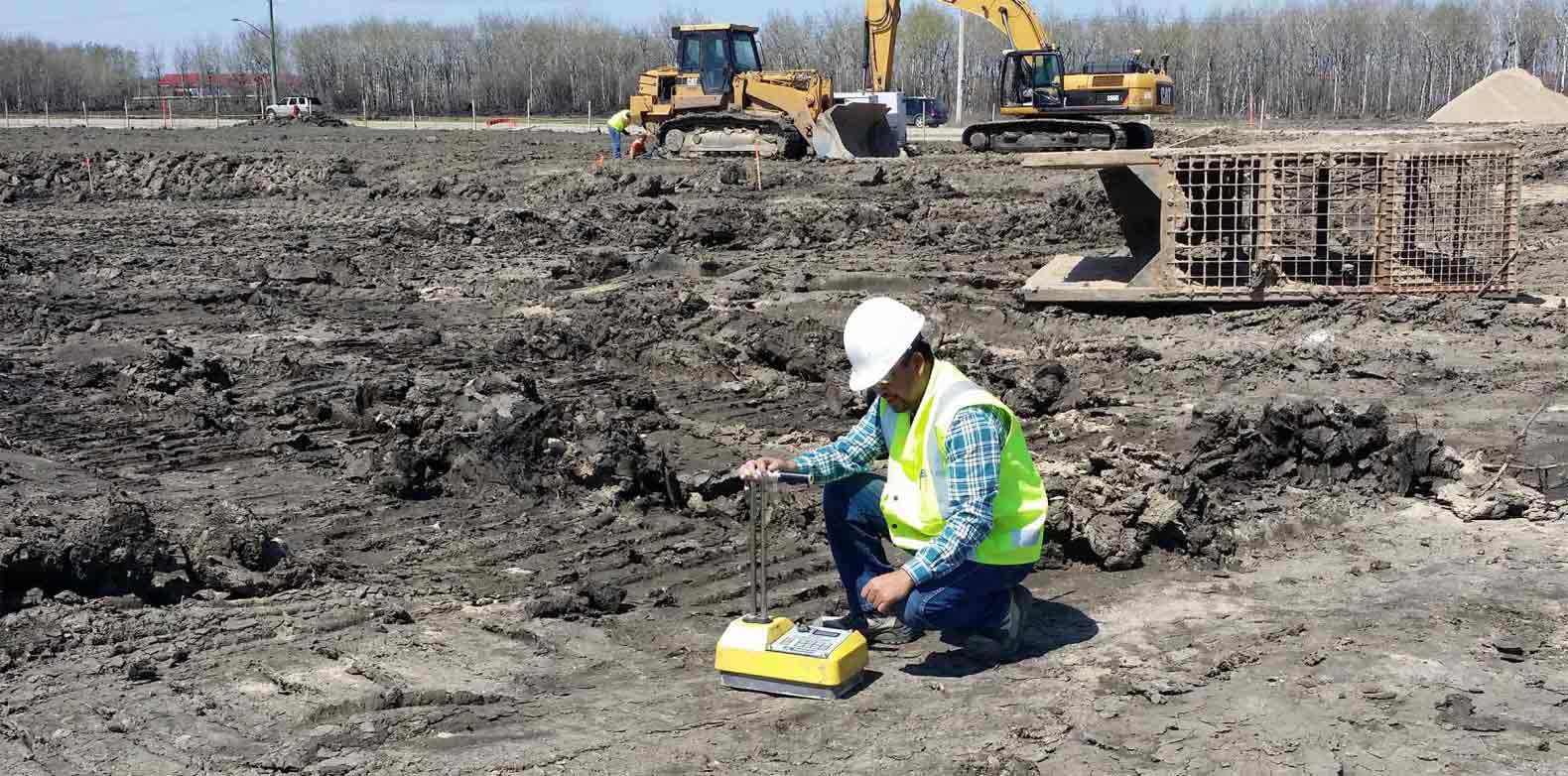How an Experienced Tailings Engineer Can Optimize Your Mining Procedures
Wiki Article
The Interdisciplinary Approaches in the Geotechnical Industry: Connecting the Void Between Engineering, Geology, and Environmental Science for Optimum Task Results
The integration of engineering, geology, and environmental scientific research within the geotechnical industry is not merely helpful; it is important for accomplishing optimum project results. What methods might arise to promote this vital partnership and enhance the efficacy of geotechnical practices?Value of Interdisciplinary Cooperation
The relevance of interdisciplinary collaboration in the geotechnical market can not be overemphasized. Effective geotechnical jobs call for the combination of diverse know-how from numerous areas, including design, geology, and ecological scientific research. This collaboration ensures that all elements of a job are thought about, bring about extensive options that address complicated difficulties.When working in isolation,Interdisciplinary cooperation promotes development by enabling specialists to share insights and approaches that might not be noticeable. By leveraging the staminas of several techniques, teams can recognize possible threats, optimize style processes, and enhance the sustainability of geotechnical projects. Such partnership promotes an all natural understanding of site-specific conditions, which is crucial for precise assessment and decision-making.
The intricacy of geotechnical jobs requires a worked with strategy to problem-solving. Eventually, interdisciplinary collaboration is crucial for progressing ideal methods and achieving quality in the geotechnical market.
Trick Duties of Each Discipline
Partnership among different self-controls is not simply advantageous; it is essential for the successful execution of geotechnical projects. Each discipline-- engineering, geology, and environmental scientific research-- plays an unique yet interconnected role that adds to forecast efficacy and sustainability.Geotechnical engineers are largely in charge of making structures and making certain architectural stability. They evaluate soil and rock properties to assess load-bearing capabilities, giving crucial information for safe building and construction practices. Their proficiency allows the formulation of innovative solutions to intricate obstacles.

Environmental scientists analyze the potential influences of building and construction on environments and water resources. They carry out ecological evaluations and establish reduction strategies to lessen negative effects. By integrating ecological considerations, they ensure conformity with regulations and promote sustainability throughout the task lifecycle.
Situation Studies of Successful Combination
Effective assimilation of geotechnical self-controls can be exemplified through different instance studies that highlight the effectiveness of teamwork in dealing with complicated engineering difficulties. One noteworthy example is the building and construction of the Hong Kong-- Zhuhai-- Macau Bridge, where a joint approach including geotechnical engineering, geology, and environmental scientific research was critical. Geologists and engineers worked in unison to evaluate the seabed conditions and maximize the structure layout, making certain stability and minimizing ecological influence.Another impactful case is the enhancement of slope security in the San Francisco Bay Area, where an interdisciplinary group incorporated geotechnical evaluation with environmental assessments. By integrating hydrological researches and geological surveys, the team effectively determined potential landslide threats and executed reliable reduction procedures, improving safety and sustainability.
Furthermore, the redevelopment of Brownfield websites usually calls for a multidisciplinary method. In one instance in Chicago, partnership amongst geotechnical engineers, environmental researchers, and urban planners resulted in the successful remediation of contaminated soil, permitting the safe transformation of the site right into a community park. These situation research studies highlight that interdisciplinary cooperation not only addresses technical difficulties but additionally fosters ingenious options that profit both areas and jobs.
Challenges in Multidisciplinary Projects

In addition, coordinating timetables and process among numerous groups can be problematic, especially when each technique has special job turning points and deliverables. This misalignment can cause hold-ups and increased costs. The challenge of source appropriation also impends big; making certain that specific proficiency is readily available at important times calls for cautious preparation and foresight.
Last but not least, regulative conformity postures another considerable difficulty. Each technique might deal with different governing structures, and aligning these needs to satisfy project goals can be intricate and time-consuming. Attending to these obstacles requires strong leadership and effective interaction techniques to cultivate partnership and guarantee that multidisciplinary groups function cohesively in the direction of shared goals.
Future Trends in Geotechnical Practices
As the geotechnical market develops, arising trends are improving practices to resolve the challenges faced in multidisciplinary tasks - geotechnical engineers. One considerable pattern is the enhanced assimilation of sophisticated technologies, such as fabricated knowledge and machine understanding, into geotechnical evaluation and design. These innovations improve predictive modeling and danger evaluation, enabling engineers to make even more educated decisions throughout the job lifecycle
Moreover, the adoption of digital doubles and real-time tracking systems is ending up being a lot more common. These tools promote recurring analysis of dirt problems and structural performance, permitting timely treatments when problems occur.
Conclusion
In conclusion, the combination of engineering, geology, and environmental science is crucial for achieving optimal outcomes in the geotechnical market. Interdisciplinary cooperation fosters development, enhances analytical capacities, and aligns technological requirements with environmental sustainability. Effective case research studies highlight the benefits of this strategy, while acknowledging the difficulties faced in multidisciplinary tasks. Looking in advance, embracing these collective methods will certainly be essential for navigating future trends and advancing the field of geotechnical engineering.The combination of design, geology, and environmental science within the geotechnical sector is not merely beneficial; it is crucial for achieving ideal project end results. Efficient geotechnical tasks require the assimilation of diverse knowledge from various fields, consisting of engineering, geology, and ecological scientific research.Navigating the intricacies of multidisciplinary jobs in the geotechnical sector provides several significant obstacles.As the geotechnical industry progresses, emerging patterns are reshaping practices to resolve the challenges faced in multidisciplinary projects. Geotechnical designers are increasingly collaborating with environmental scientists to ensure that jobs straighten with sustainability objectives and abide Recommended Reading with regulative requirements.
Report this wiki page